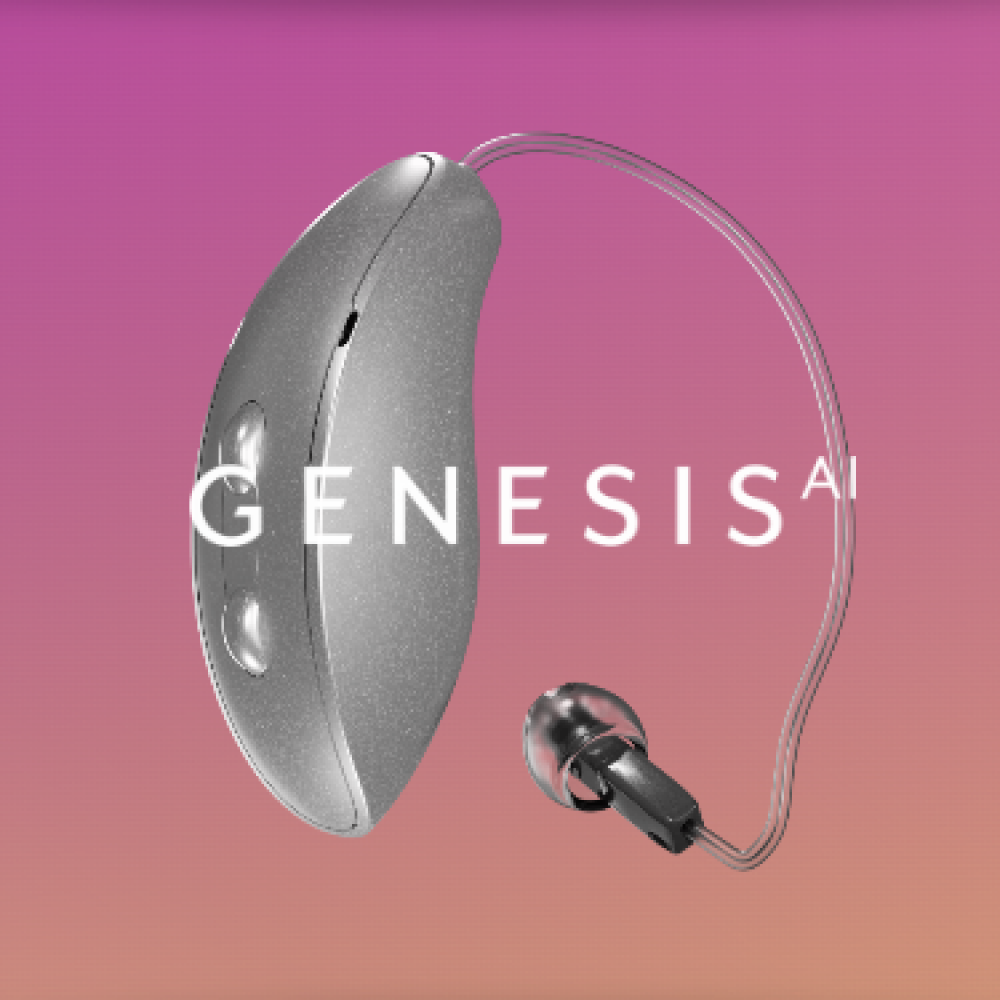Hearing Loss

Hearing Loss Overview
Hearing loss, dear reader, is an unfortunately widespread condition that impacts the lives of millions of individuals across the globe. It is crucial to gain a deep understanding of the various types of hearing loss to guide those affected toward seeking the appropriate treatment and support they require. There are three main types of hearing loss: conductive, sensorineural, and mixed.
Request an Appointment
Types of Hearing Loss
Understanding these three types of hearing loss is crucial for healthcare professionals to provide appropriate care and treatment plans for individuals experiencing difficulties with their hearing. By accurately diagnosing and addressing each type of hearing loss, we can help improve the quality of life for those affected by this condition.

Conductive Hearing Loss
Conductive hearing loss occurs when there is a problem with the outer or middle ear that prevents sound from being conducted effectively to the inner ear. This can be caused by factors such as earwax buildup, fluid in the middle ear, or damage to the eardrum or ossicles (tiny bones in the middle ear). Conductive hearing loss can often be treated with medical intervention or surgery.

Sensorineural Hearing Loss
Sensorineural hearing loss, on the other hand, occurs when there is damage to the inner ear or auditory nerve. This type of hearing loss is typically permanent and cannot be reversed. It can be caused by factors such as aging, exposure to loud noise, certain medications, or genetic factors. Treatment options for sensorineural hearing loss include hearing aids or cochlear implants.

Mixed Hearing Loss
Mixed hearing loss refers to a combination of both conductive and sensorineural components. In these cases, there may be damage or issues affecting both the outer/middle ear and inner ear/auditory nerve. Treatment options for mixed hearing loss will depend on the specific causes and severity of each component.
Stages of Hearing Loss
Hearing loss is a common condition that affects people of all ages. It is not always easy to determine the severity of hearing loss, as it can vary from person to person. However, there are four broad stages of hearing loss that are recognized by the medical community: mild, moderate, severe, and profound.

The severity of hearing loss is determined by a hearing test, which measures the softest sounds that a person can hear. The results of the hearing test are expressed in decibels (dB). A normal hearing threshold is 0 dB. As the hearing loss becomes more severe, the threshold increases. The longer hearing loss is left untreated, the more severe the loss can become.
Contact Us
Treatment of Hearing Loss
There are a variety of treatment options available for people with hearing loss. The most common treatment is the use of hearing aids. Hearing aids are small, electronic devices that amplify sound. They can help people with hearing loss to hear better in a variety of settings, including quiet environments, noisy environments, and on the phone. Hearing aids come in a variety of styles and sizes, so there is an option that is right for everyone.

Hearing aids can help people with hearing loss increase their ability to:
If you are concerned that you may have hearing loss, it is important to see a hearing aid specialist for a hearing test. Early diagnosis and treatment are especially important in reducing the impact of hearing loss so that you can live life to the fullest and enjoy the sounds around you.
Request an Appointment
